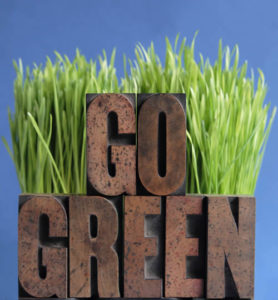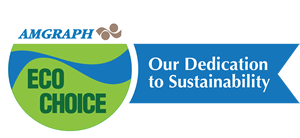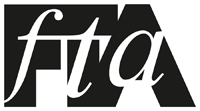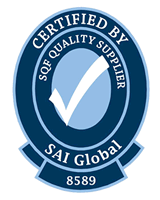 Sustainability is increasingly important to consumers as people look to do business with companies and brands that are sensitive to environmental issues. According to the 2015 Cone Communications/Ebiquity CSR Study, 84 percent of consumers globally say they seek out responsible products whenever possible.
Sustainability is increasingly important to consumers as people look to do business with companies and brands that are sensitive to environmental issues. According to the 2015 Cone Communications/Ebiquity CSR Study, 84 percent of consumers globally say they seek out responsible products whenever possible.
Of course, attractive packaging and presentation are paramount to a product’s appeal. The better an item looks on a shelf or in a showcase, the more people are drawn to it.
Advancing consumer engagement
Since their introduction in the late 1960s, water-based electron beam (EB) inks and coatings have raised printed packaging to new aesthetic levels. During EB processing, a high-voltage electron accelerator directs a beam of electrons into the inks. Within milliseconds, the electrons in the liquid are redistributed and the substrate is transformed into a solid through polymerization and crosslinking, whereby the inks and the substrate essentially become one.
EB curing results in unsurpassed packaging beauty, quality, durability, strength, and value while also eliminating risks to workers and the environment.
Better graphics, better for the environment
 EB inks provide a crisper and more rigid solid ink fill in packaging graphics. The inks are also much cleaner for the environment because they eliminate volatile organic products (VOCs) and the dangers they pose. Sources of VOCs in print production environments range from the inks themselves to cleaners, solvents, emulsions, and thinners. Exposure to such liquids can lead to respiratory illness, eye, nose, and throat irritation, headaches, nausea, and more. They also have negative environmental impacts if not disposed of properly after print production runs are completed.
EB inks provide a crisper and more rigid solid ink fill in packaging graphics. The inks are also much cleaner for the environment because they eliminate volatile organic products (VOCs) and the dangers they pose. Sources of VOCs in print production environments range from the inks themselves to cleaners, solvents, emulsions, and thinners. Exposure to such liquids can lead to respiratory illness, eye, nose, and throat irritation, headaches, nausea, and more. They also have negative environmental impacts if not disposed of properly after print production runs are completed.
Five advantages over conventional ink systems
EB inks offer several important advantages over conventional ink systems, including the following:
- Packaging can be surface printed, with no fear of scuffing or pick-offs, which reduces the need for a protective top resin layer and helps keep the cost of the package down.
- With no need for heat curing, EB inks provide the option of using a pre-laminated structure, which can reduce lead times substantially.
- EB printed and coated paper waste can be completely broken down and recycled into low-grade tissue and fine paper grades using common, commercially available recycling equipment.
- VOCs are eliminated, protecting production staff and the environment.
- Substrates, such as paper and plastic films, avoid the high heat degradation of conventional baked ovens.
AMGRAPH, a flexible packaging company based on Baltic, Connecticut, has built its business on environmental stewardship and sustainability, with a commitment to clean air and water, sustainable packaging, and reduced dependence on natural resources.









